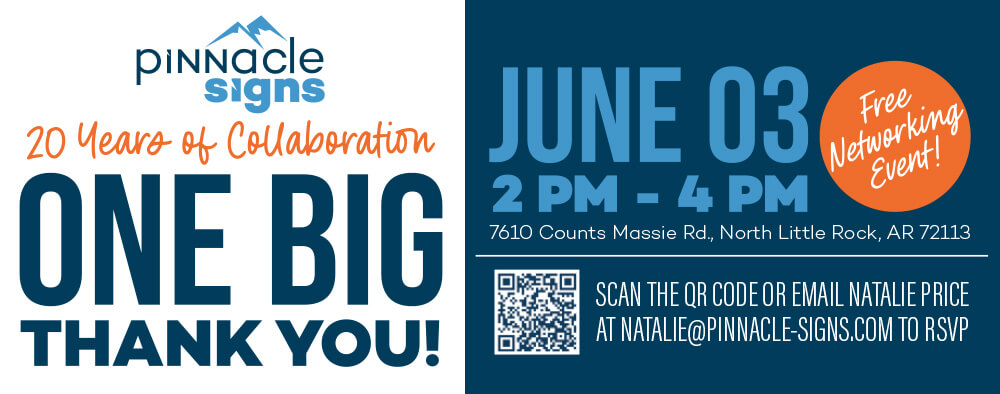How Can Heat Waves Damage Commercial Signs?
At this point, we’re all ready for the summer heat to give way to cooler autumn temperatures. It’s been a hot summer for everyone, with some areas of the United States reaching record all-time highs.
Since exposure to extreme heat can be uncomfortable and dangerous for people, we tend to forget about the effects it can have on other things!
For instance, extreme heat can cause serious damage to your car’s windshield, and exposure to UV rays can fade your furniture and put you at risk of skin cancer and other problems.
Did you know that the heat can also damage your building’s commercial signs?
While signs created for outdoor use are built to stand up to changes in the weather, even the toughest sign materials aren’t invincible. Prolonged exposure to direct sunlight and extreme heat conditions can cause some major damage!
What commercial sign materials are most affected by heat?
Virtually every type of material can be affected by heat or temperature fluctuation in some way. However, some will show the effects of heat damage long before others, possibly necessitating repair or replacement of your signage.
Vinyl is a good example of a material that can be noticeably affected by changing temperature conditions.
Vinyl that’s made for outdoor use should last for years, but it does have a lifespan. Vinyl that’s been exposed to heat for too long can stretch, shrink, or crack, making your sign or vehicle lettering look less-than-spectacular.
Fortunately, vinyl is one of the easiest and cheapest materials to replace– if vinyl lettering on a commercial sign or vehicle is peeling, it’s simple to call up your local sign professional and have them replace it with new lettering.
Other sign materials that might be affected include acrylic and aluminum. These two are often used together, but they expand and contract at different rates in the heat.
This difference in expansion might affect the structural integrity of your commercial sign if it’s installed incorrectly or constructed by someone lacking the necessary experience. To avoid this kind of problem, always go with the pros!
Does color matter?
The color of your signage is an influencing factor in the way it’ll react to the heat. For instance, black and other dark colors tend to absorb heat, while white reflects it back into the atmosphere.
Applying vinyl lettering or a vinyl wrap to a black surface is bound to cause problems at some point, since the temperature fluctuation will cause stress to the vinyl material. That means you’ll have to replace the vinyl much more quickly than you otherwise would!
Additionally, certain colors are more susceptible to fading than others. If your sign features a lot of warmer tones, like yellow, orange, and red, you might notice that they fade when exposed to a lot of direct sunlight.
If your sign professional advises you to choose a different color or material, it’s important to work with the suggestion– otherwise, you might find yourself having to shell out the money for a new sign.
What commercial sign materials are not affected by the heat?
When you’re considering how you want your building signs to look, think about building materials. Things like stone and metal are used in construction for good reason– they’re durable.
While metal and stone do expand and contract in the heat and cold, they are able to hold up to these changes much better than materials like acrylic.
What kind of building sign should I get?
In order to invest in a sign that will stand up to the heat (and cold) of your area over the next several years, you should seek a sign professional’s expertise.
At Pinnacle, we know how all of our signage materials hold up throughout the years, and will be able to recommend the perfect materials to create a sign that will stay looking great for years to come.
For a free quote, contact us today or simply give us a call!


